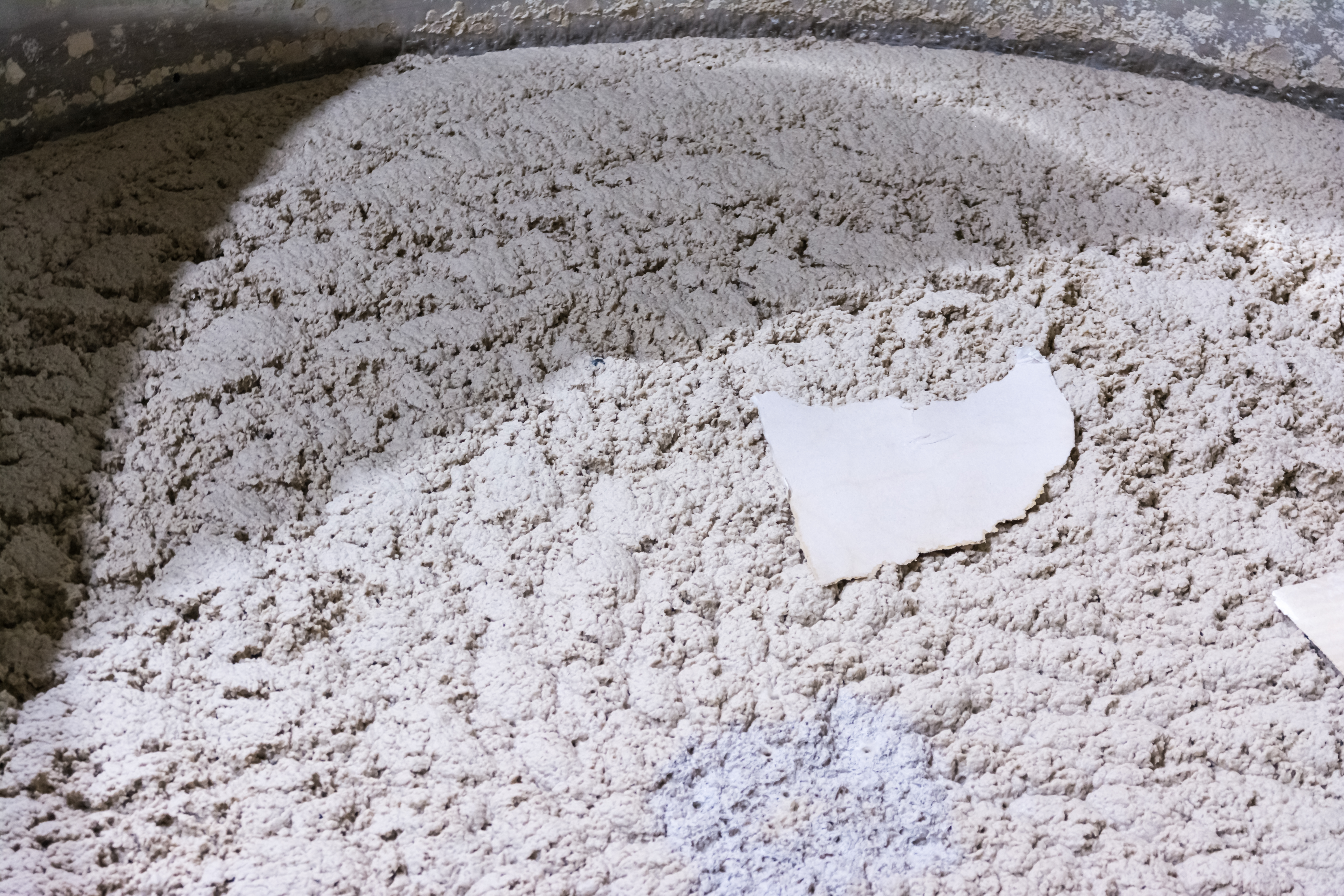
When University of North Dakota Professor Virginia Clinton outlined the textbooks required for her classes, she always encouraged her students to save money by purchasing the cheaper digital versions of books rather than physical textbooks. However, many of her students consistently told her that they preferred reading on paper. As a professor of education and reading comprehension, this piqued her interest. She decided to investigate the matter by reviewing every published study about reading on screens from 2008 on. The results showed that her students might be right.
For readers of every age group or educational level, from elementary school to college or post-graduate students, readers consistently absorbed more information, and retained it longer when they read from physical paper versus on screens. Further studies have shown specific ways that readers operate differently with physical paper texts over screens. A study published by the American Educational Research Association found that students who read from paper annotated and highlighted texts more, and were better able to maintain their concentration on longer passages when compared to screens.
It appears the differences between the two can come from a variety of factors. “There is a physicality in reading” says developmental psychologist Maryanne Wolf. Evidence suggests that the tactile and tangible experience of reading from paper is noticeable. Readers who use screens report greater decreases in their mental energy, as well as increased difficulty in recalling what they have read. Even readers who choose to read using screens often report missing the physical feelings and sensations of reading from paper.
Part of this can be related to the levels of blue lights that are emitted by screens. While not nearly as intense as levels from sunlight, electronic screens do emit large amounts of blue light, which can reduce contrast and contribute to digital eye strain. Digital eye strain can make it difficult for eyes to focus, which would directly lead to a poorer reading experience.
At NORPAC, we’ve developed a multi-purpose copy paper with these concerns in mind. Our Natural Choice was designed to have 92% less of an environmental impact, as well as reflecting 22% less blue light when compared to industry standard copy papers. Printing out reading materials on paper, especially for longer materials, will also allow you to reap the cognitive benefits of paper.
For Professor Clinton, the results were clear enough for to change her advice. She now tells her students to purchase physical textbooks if they prefer reading from paper. “It’s enough of a benefit that it’s worth the paper and ink and the cost of the book”. At NORPAC, we agree. We invite you to learn more about how our copy paper can help improve your learning and reading experiences.



